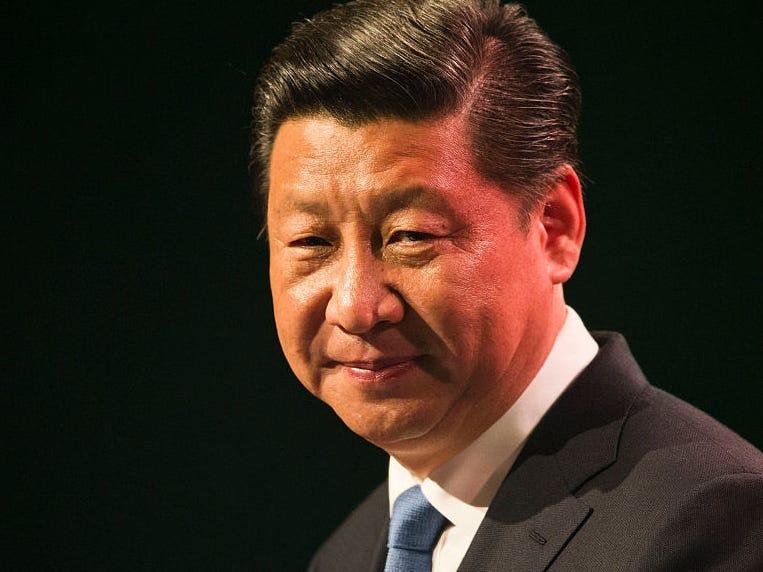[ad_1]
Chinese President Xi Jinping. Getty
This time last year, China evaded international scrutiny over the start of the COVID-19 pandemic.
Other countries now want to probe China’s role again, and a once-mocked “lab leak” theory is back.
China’s initial success guarding its reputation in the wake of the pandemic now looks tenuous.
See more stories on Insider’s business page.
Around this time time last year, China thought it had escaped blame for the start of the coronavirus pandemic, which began on its soil.
At the World Health Assembly – the annual forum for World Health Organization member states – in May 2020, dozens of countries were meant to vote on a draft motion, led by Australia, to start an investigation meant to hold China to account.
But China outplayed the world on the day, with its diplomats securing instead a watered-down draft motion that called only for a review on “lessons learned,” without apportioning blame. President Xi Jinping promised an investigation of sorts, but framed it in a way that shielded China from blowback.
After delays, the WHO sent a team of experts to Wuhan, the Chinese city where the novel coronavirus was first found, to investigate where the virus came from.
By the time they started, it had been more than a year since an outbreak of respiratory illness around a wet market in Wuhan alarmed the world. The virus had largely faded from China, and evidence would be hard to come by even if the WHO team had free rein.
Throughout the trip, observers noticed how closely the WHO team was being managed by China, further limiting their ability to find anything surprising. After the trip one of its members said that China had refused to hand over key data when asked.
Nonetheless, when the WHO reported back it seemed to be definitive – the most extensive and independent investigation so far. Its conclusions looked like a straight win for China, yielding few definitive answers that could embarrass Xi.
Another victory for China was that the WHO team said it was “extremely unlikely” that the virus had leaked from a Wuhan lab, seeming to put another nail in the coffin of what was then mostly dismissed as a conspiracy theory.
Story continues
China appeared to have got off lightly, and other nations were preoccupied dealing with their own urgent outbreaks, almost totally absent from China itself by 2021.
But, months later, the tide is turning.
The lab-leak theory has gained new traction in recent weeks, with The Wall Street Journal uncovering last month a US intelligence report that said that three employees at the Wuhan Institute of Virology got sick more than a month before experts found the first COVID-19 cases.
Days after The Journal’s report, President Joe Biden ordered a new investigation from the US intelligence community into the origins of the virus. Biden gave a 90-day deadline to conclude the probe, meaning a report can be expected in late August.
British intelligence agencies are also helping with the investigation, The Telegraph reported. Although there are still no conclusions, and China is adamant that there is nothing to see, the theory is no longer the sole preserve of internet cranks.
Then-Vice President Joe Biden and Xi in Beijing in December 2013. Lintao Zhang/Pool/Reuters
Elsewhere, the countries that supported the watered-down draft motion last year are planning another try, which could prove much more damaging for Xi and China.
On Tuesday, Bloomberg’s Alberto Nardelli and Josh Wingrove reported that the European Union – which helped propose last year’s motion – was prepared to join the US in a draft statement calling for “progress on a transparent, evidence-based, and expert-led WHO-convened phase 2 study on the origins of Covid-19, that is free from interference.”
The last words of that statement can be read as a pointed rejection of the WHO effort which initially seemed to settle the matter.
Bloomberg reported that the statement is still in drafts and could still be amended. Any new investigation is likely to anger China, and pick away at what initially seemed like a triumph.
Read the original article on Business Insider
[ad_2]
Source link
